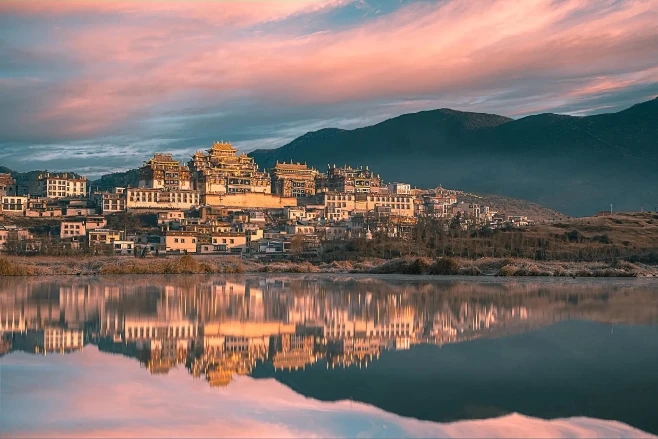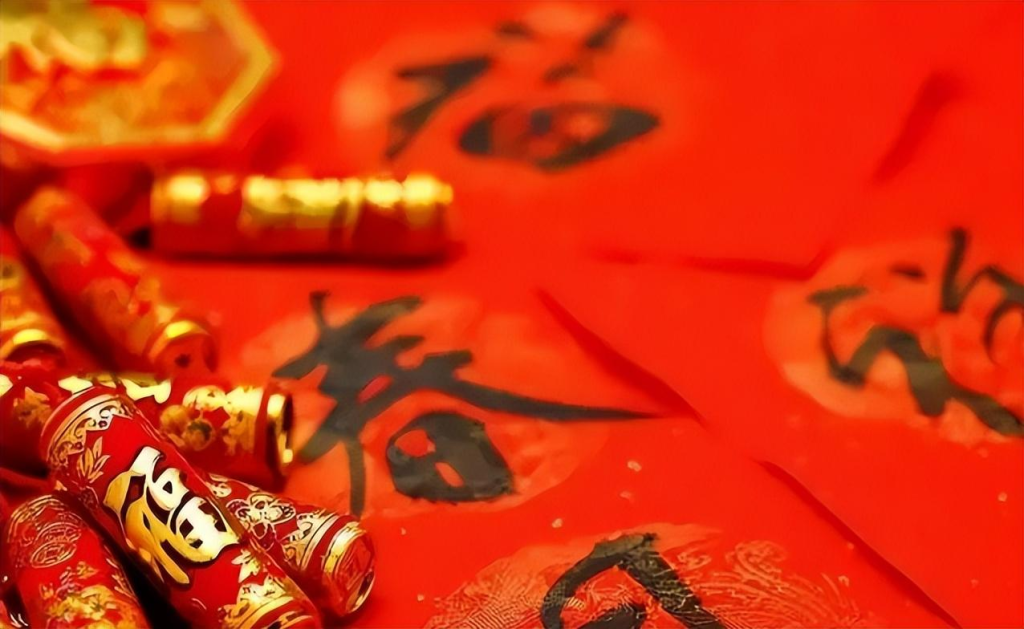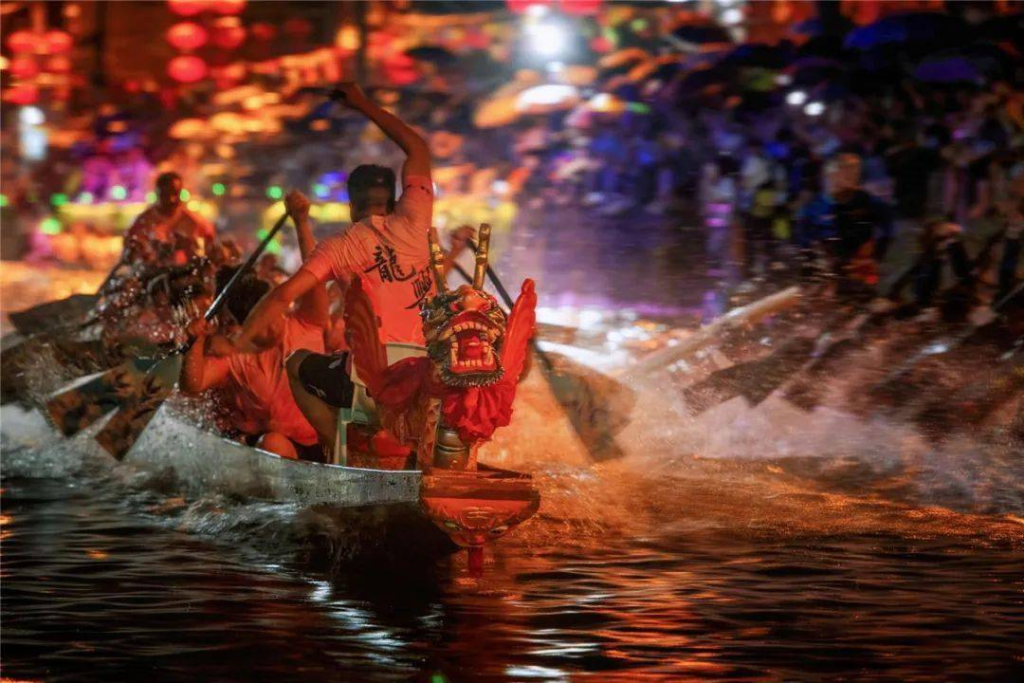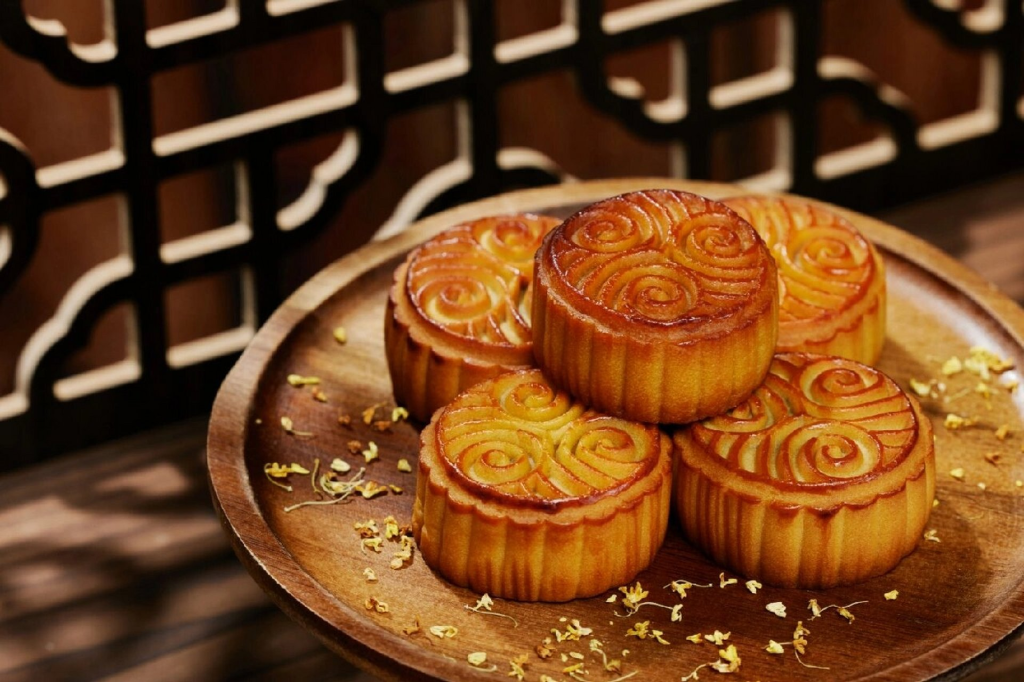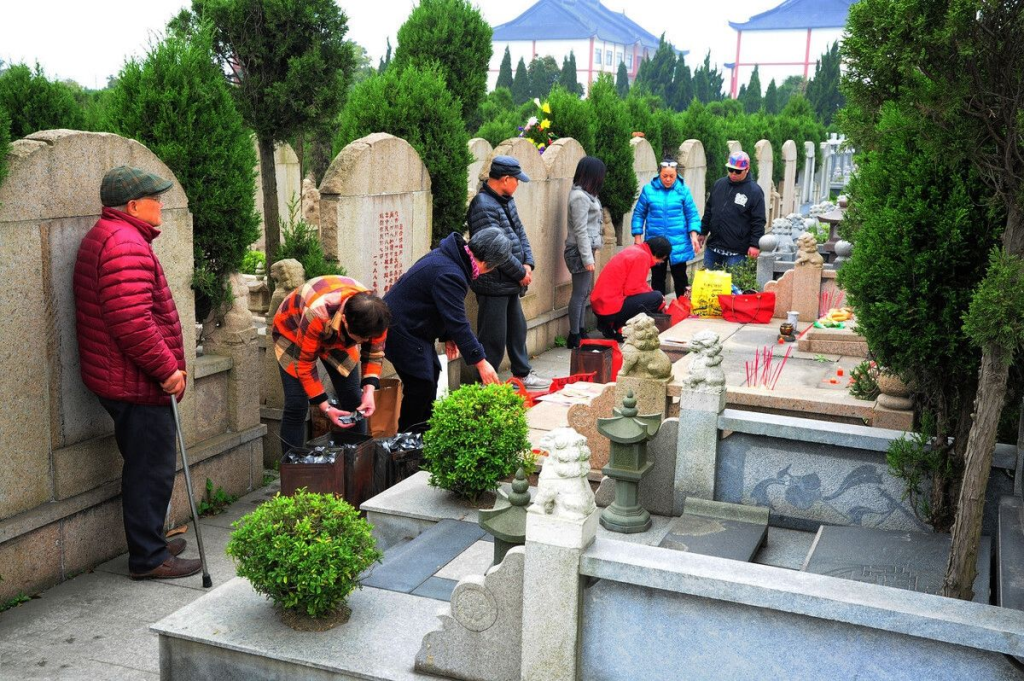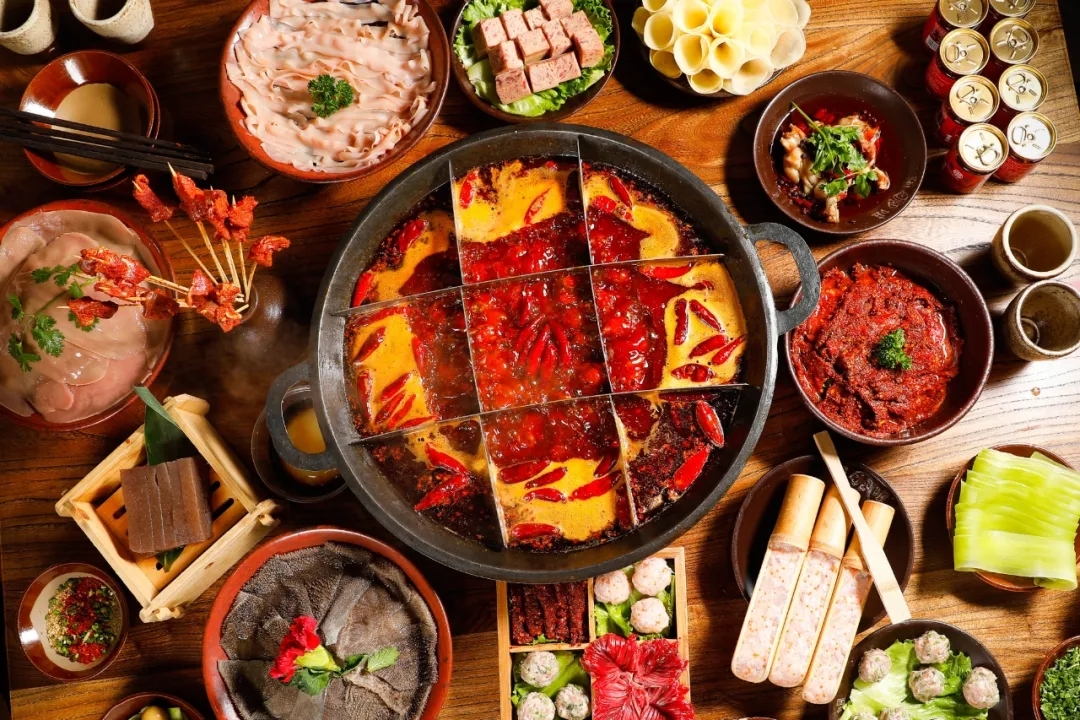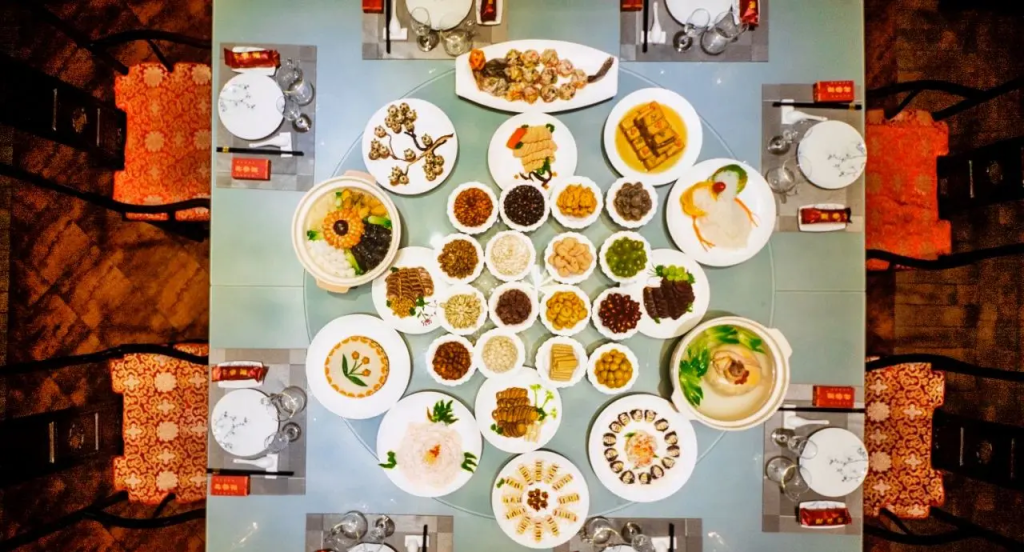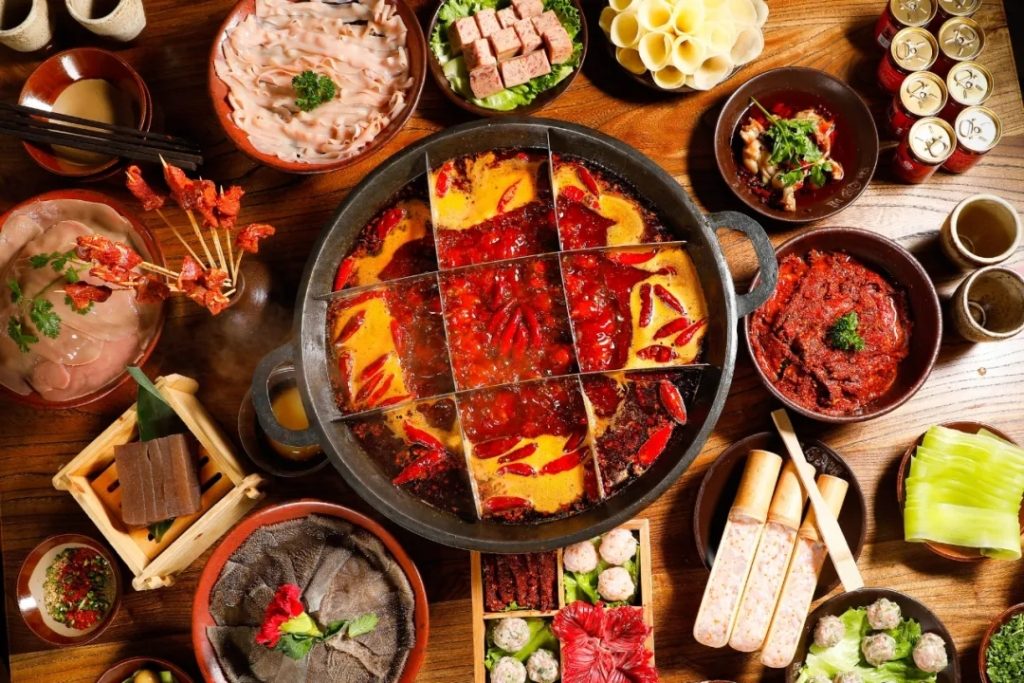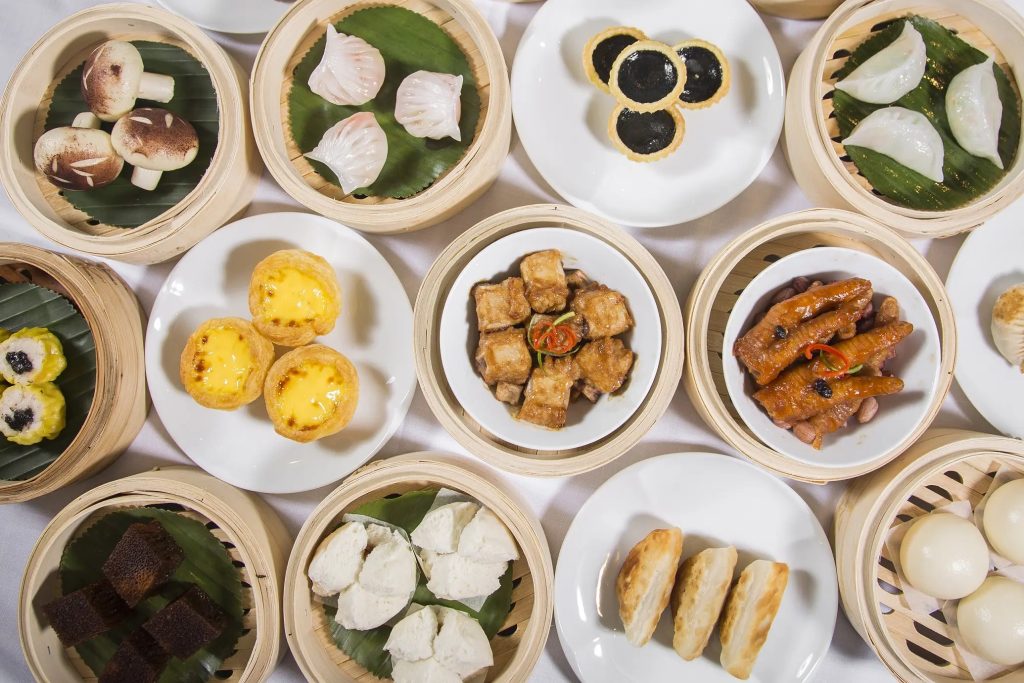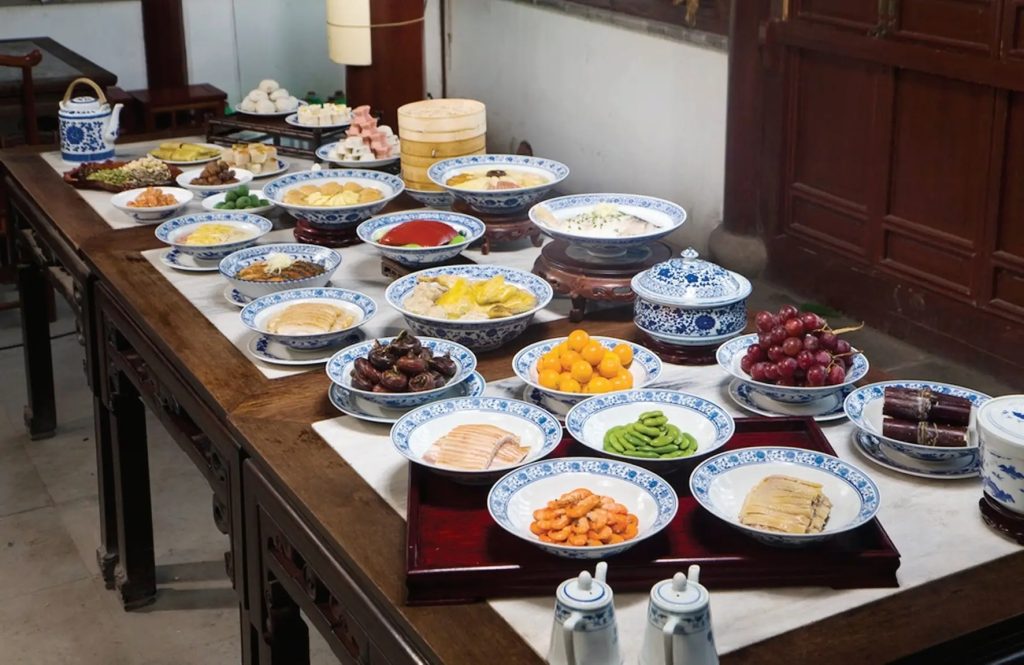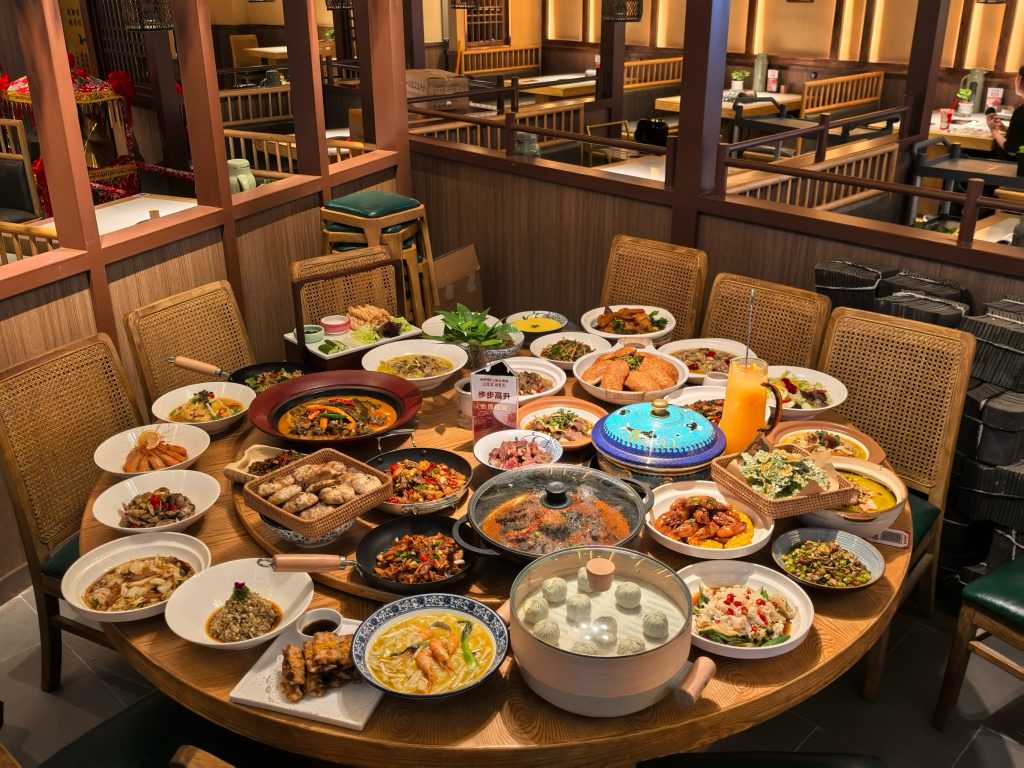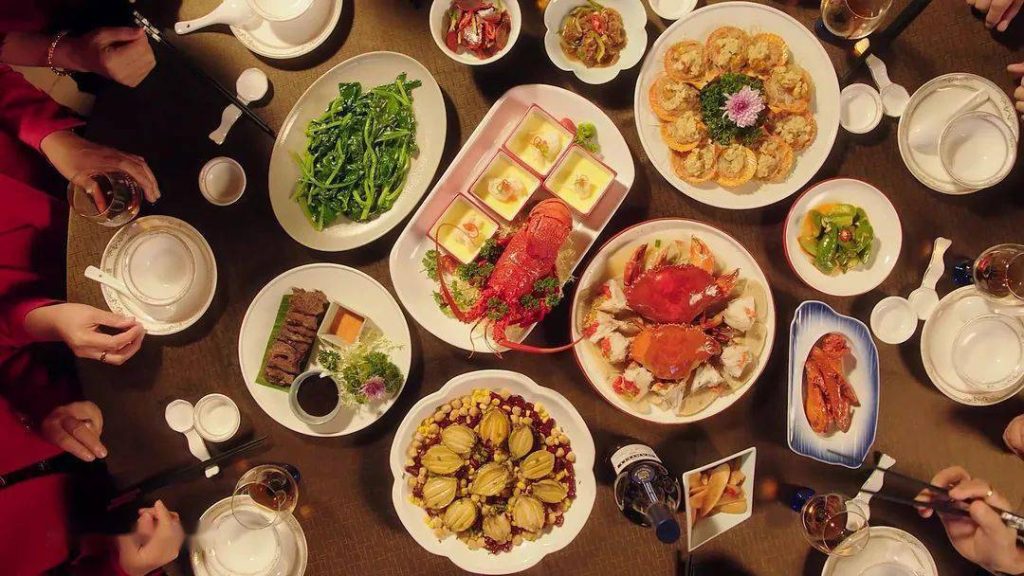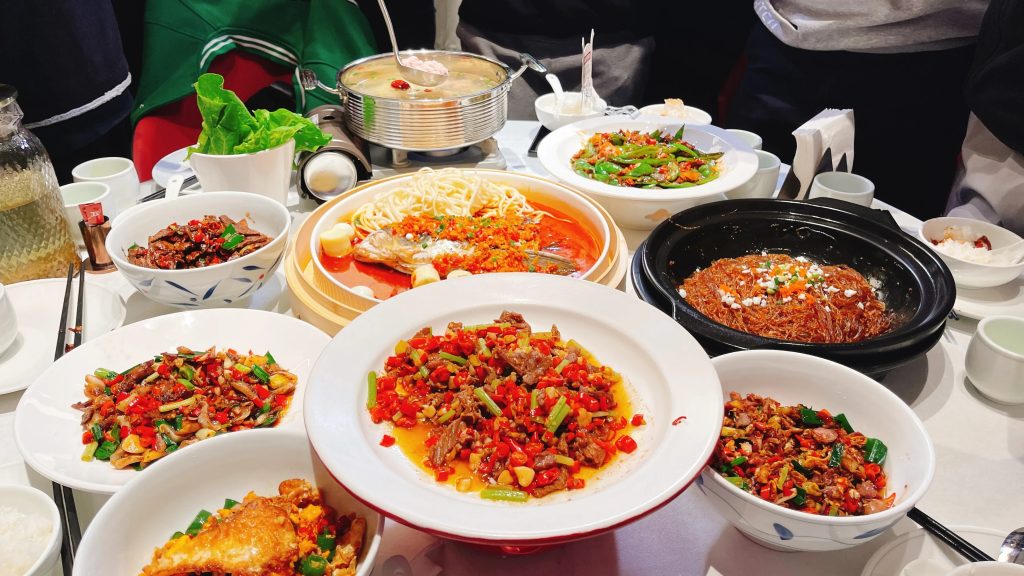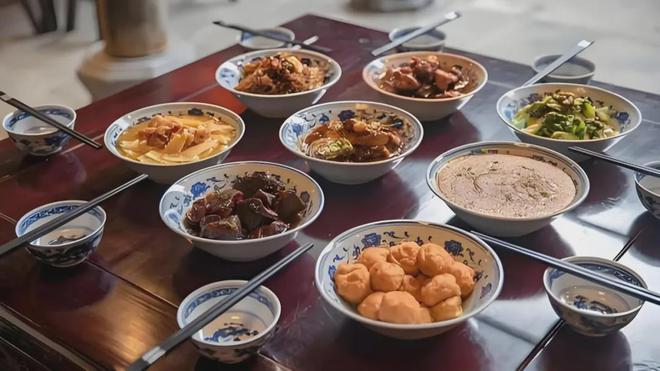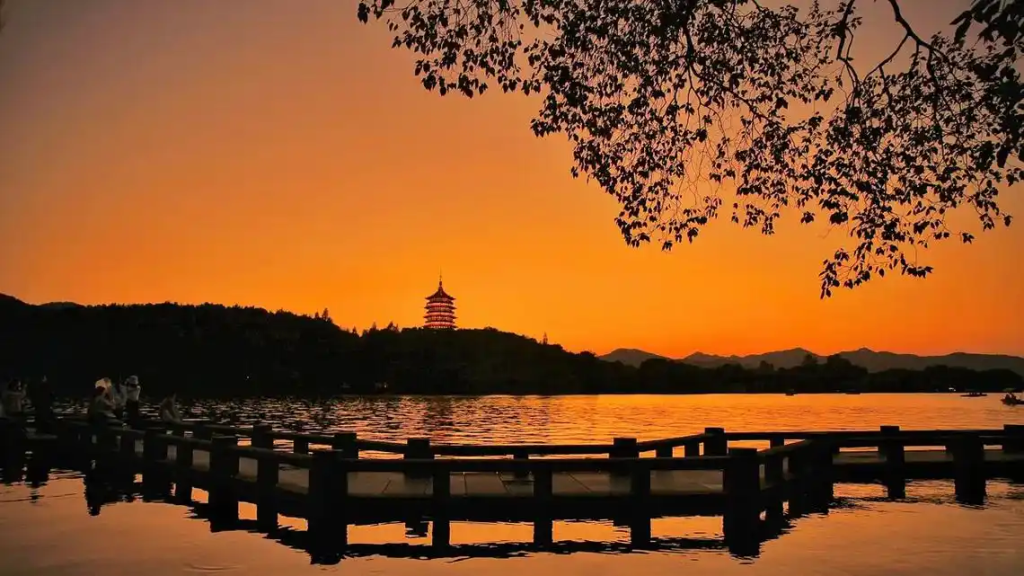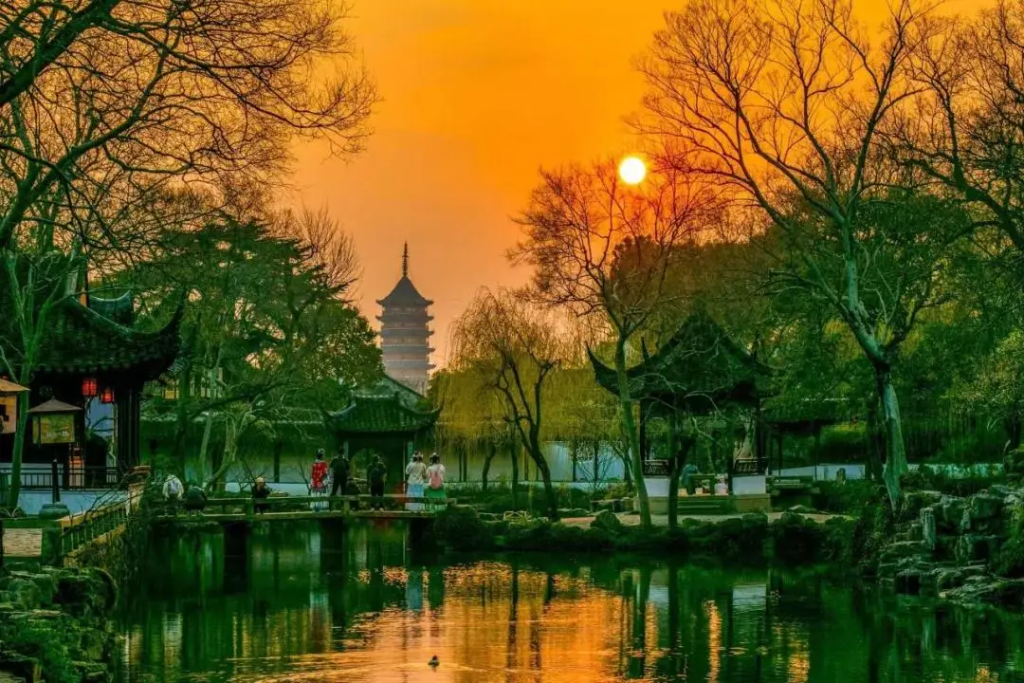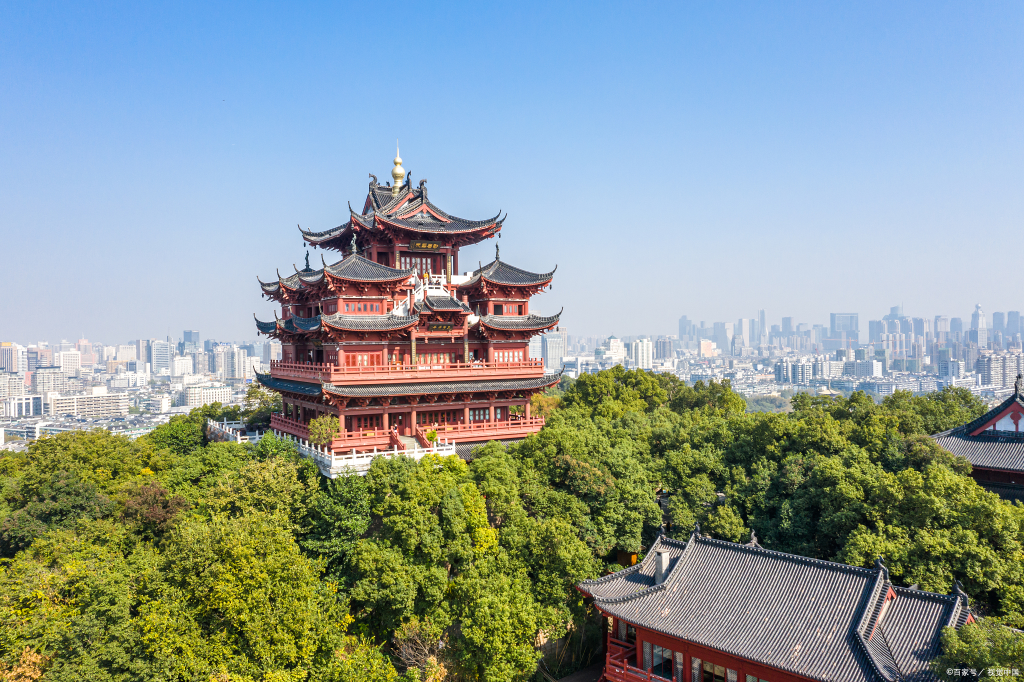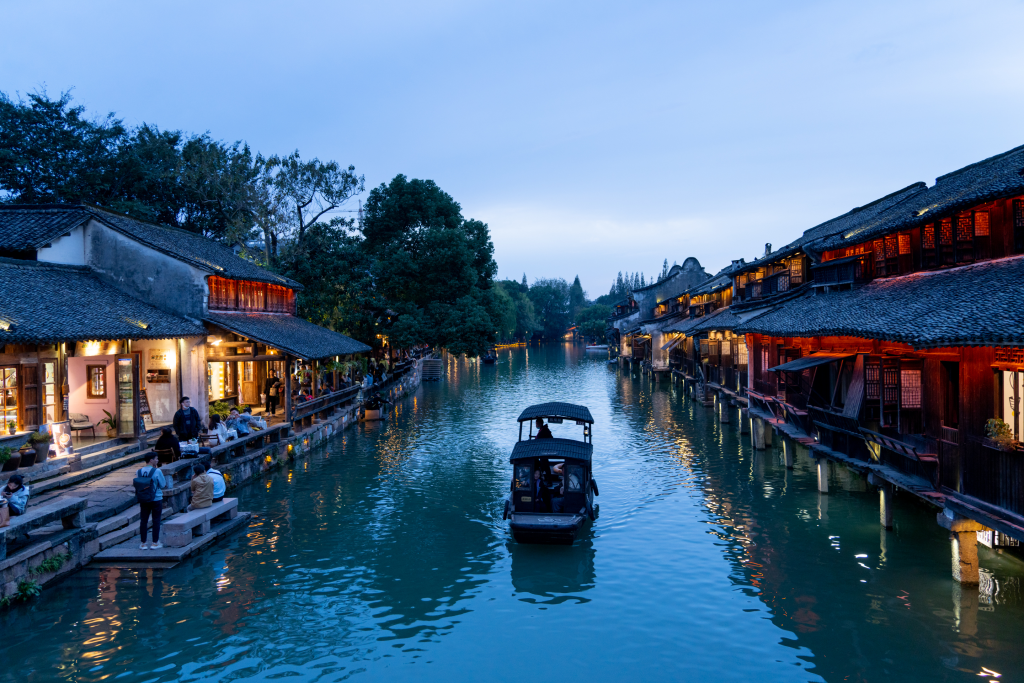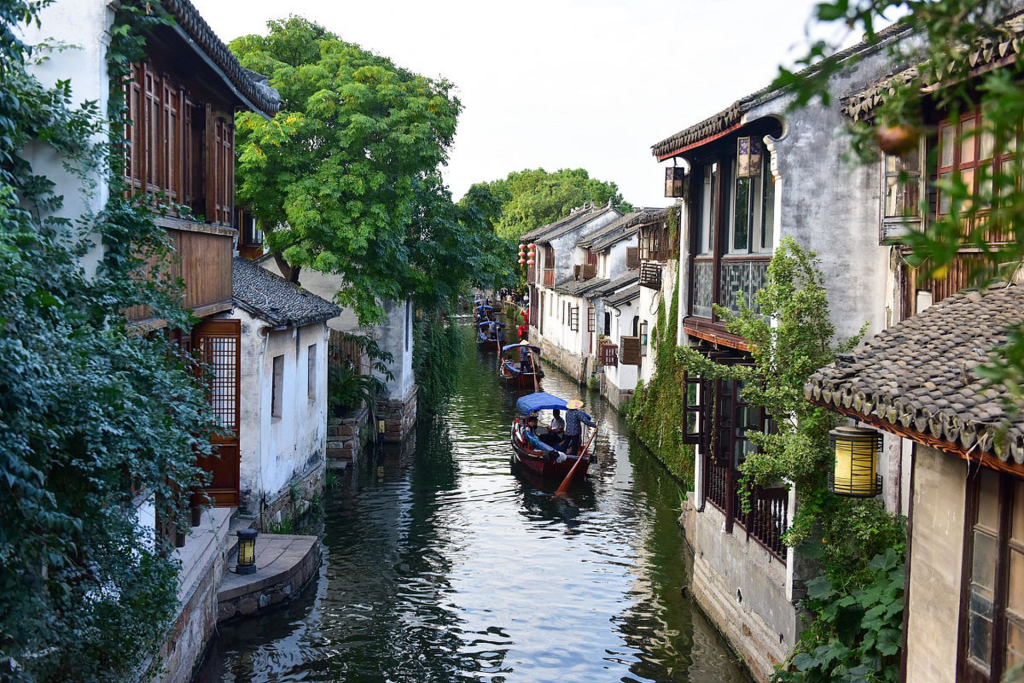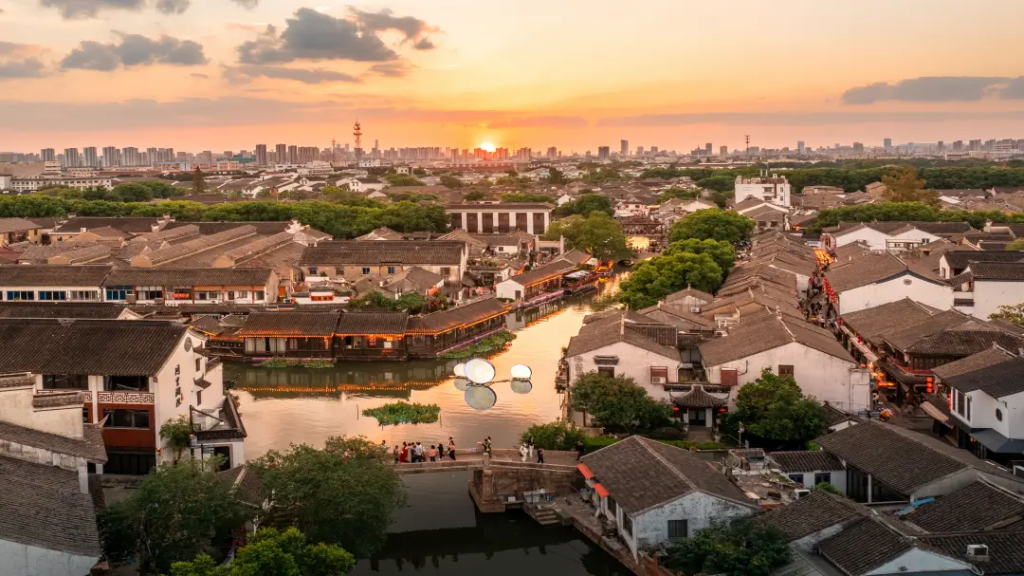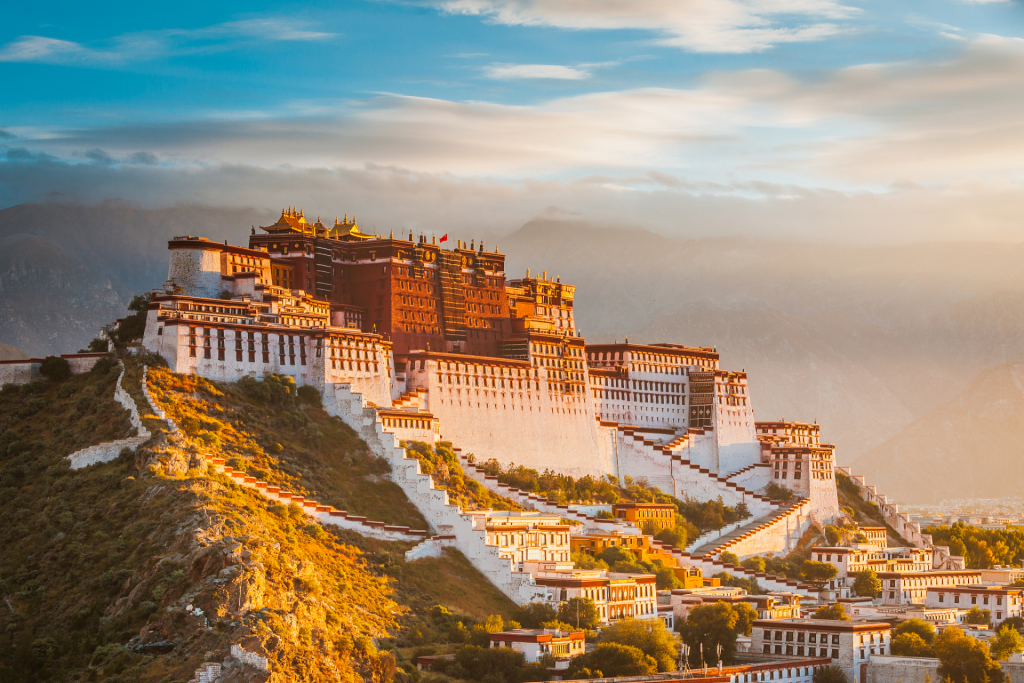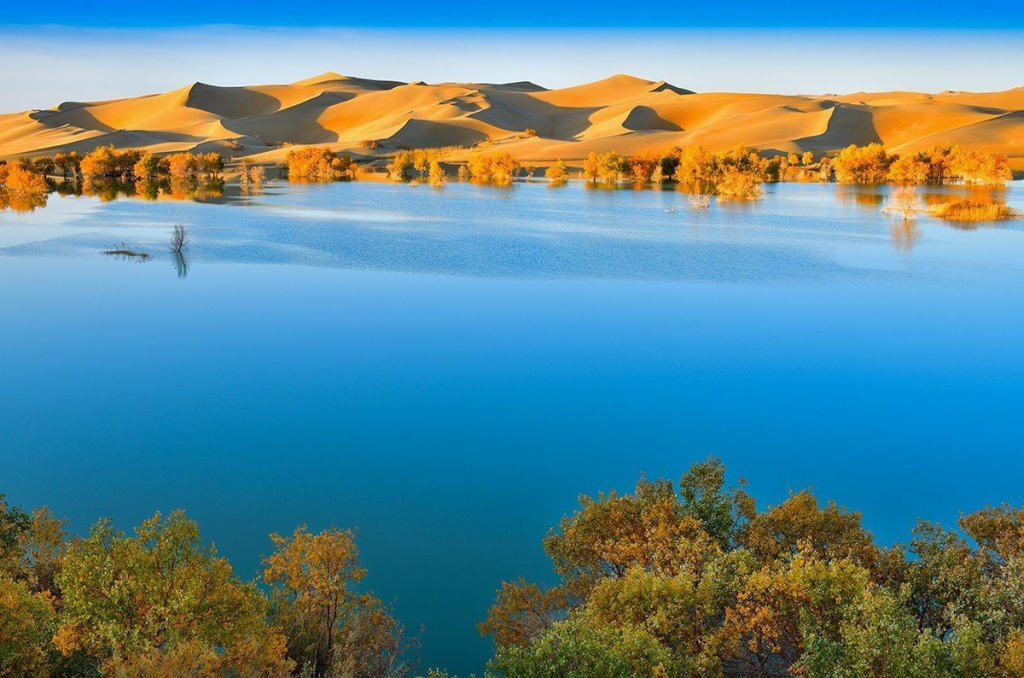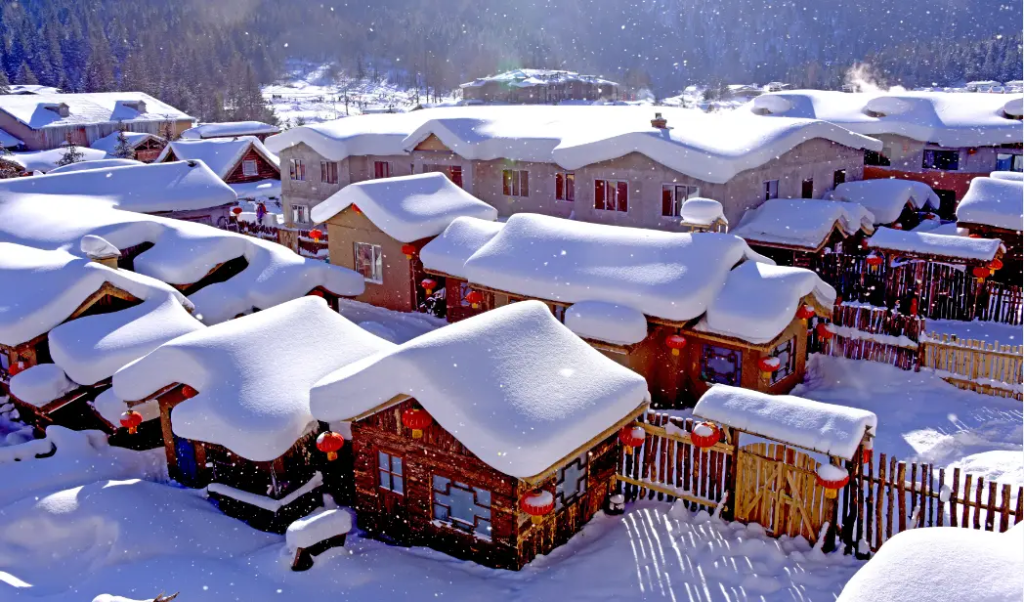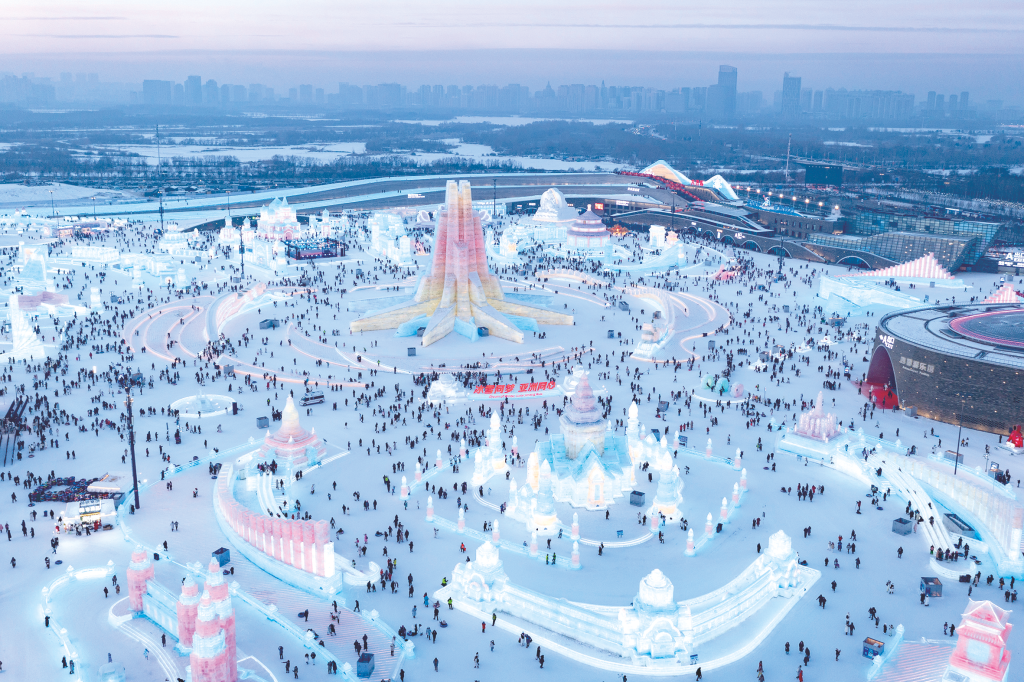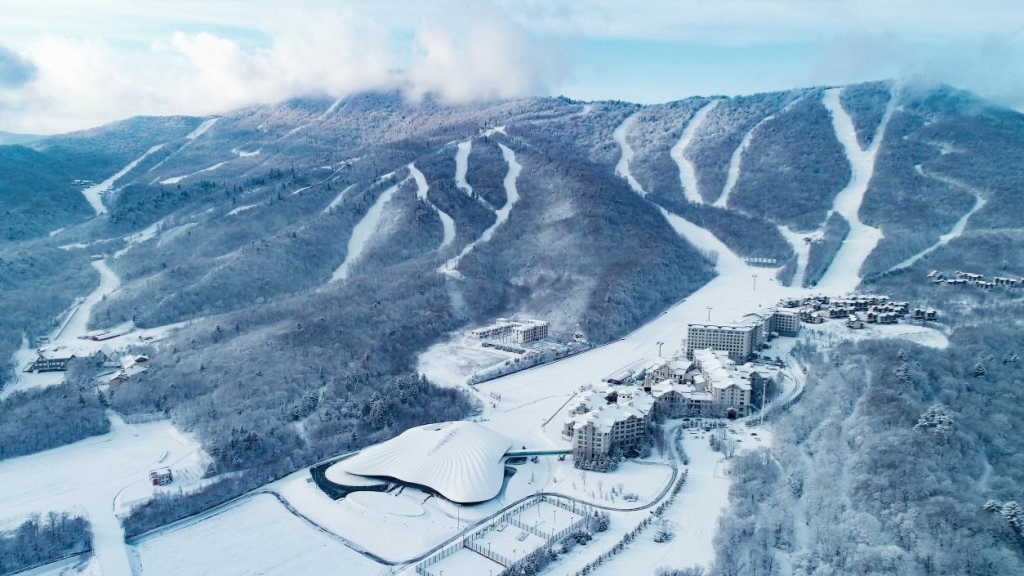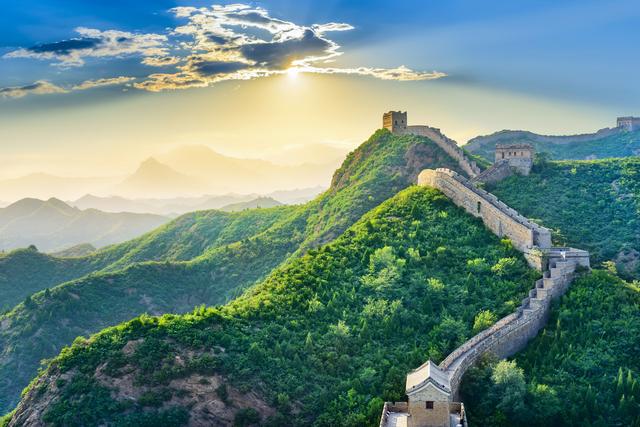
Updated as of February 22, 2025
China has adjusted and optimized its visa-free entry policies for citizens of multiple countries. Key updates include:
I. Extension and Expansion of Unilateral Visa-Free Policies
- 12-Country Visa-Free Policy Extended to End of 2025
The visa-free policy for ordinary passport holders from France, Germany, Italy, the Netherlands, Spain, Malaysia, Switzerland, Ireland, Hungary, Austria, Belgium, and Luxembourg has been extended to December 31, 2025. Eligible travelers may enter China visa-free for business, tourism, family visits, or transit, with stays not exceeding 15 days. - New Trial Visa-Free Policy for 9 Additional Countries
Starting November 30, 2024, Bulgaria, Romania, Croatia, Montenegro, North Macedonia, Malta, Estonia, Latvia, and Japan will join the trial visa-free program. The permitted stay duration has been extended to 30 days, and the scope of eligible activities now includes cultural exchanges alongside business, tourism, family visits, and transit.
II. Regional Visa-Free Policies
- ASEAN Tourist Groups Visa-Free Entry to Xishuangbanna, Yunnan
Effective February 10, 2025, organized tourist groups (2+ members) from 10 ASEAN countries (e.g., Malaysia, Indonesia, Thailand) may enter China visa-free via designated ports in Xishuangbanna. Stays are limited to 6 days, with activities restricted to Xishuangbanna Prefecture. - Other Regional Policies
The existing 144-hour transit visa-free policy remains in effect for Guangdong, Chongqing, Yunnan, and other regions, allowing foreign travelers to stay for up to 6 days within specified areas (requires onward flight tickets).
III. Policy Optimizations and Convenience Measures
- Simplified Entry Procedures
- Chinese embassies/consulates have abolished visa appointment requirements, enabling “walk-in” applications.
- Short-term visa applicants are exempt from fingerprint collection; eligible applicants may complete procedures without in-person visits.
- Visa fees temporarily reduced by 25%, with processing times shortened to 4 working days.
- Positive Impacts
Visa-free policies have boosted tourism: During the 2024 Spring Festival, travel bookings from France, Germany, and other eligible countries doubled. Flight capacity from Hungary and Belgium to China has surpassed pre-2019 levels. As of April 2024, 989,000 visa-free entries were recorded, accounting for over 60% of total inbound travelers.
IV. Eligibility and Key Notes
- Activity Restrictions
- Unilateral visa-free policy holders may travel freely nationwide, while regional policies (e.g., Xishuangbanna) require adherence to designated zones.
- 144-hour transit visa-free travelers must stay within policy-approved administrative areas.
- Prohibited Activities
Visa-free entrants are not permitted to engage in long-term activities such as work or study. Violators may face penalties or entry bans.
V. Future Outlook
China continues to promote visa facilitation, having achieved full mutual visa exemptions with 23 countries (e.g., Thailand, Singapore) and signed visa exemption agreements with 157 nations. Future plans include expanding policy coverage to boost international tourism and economic cooperation.
For detailed information, refer to official announcements from the National Immigration Administration or the Ministry of Foreign Affairs.


